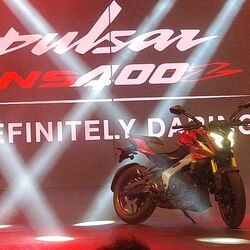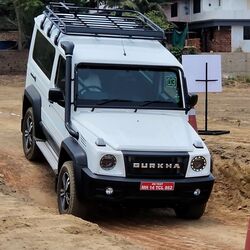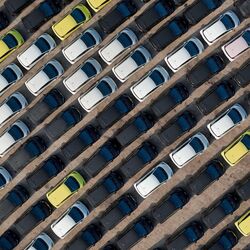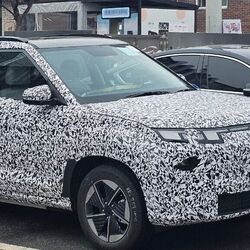Volkswagen to bring new 3D printing process in vehicle manufacturing
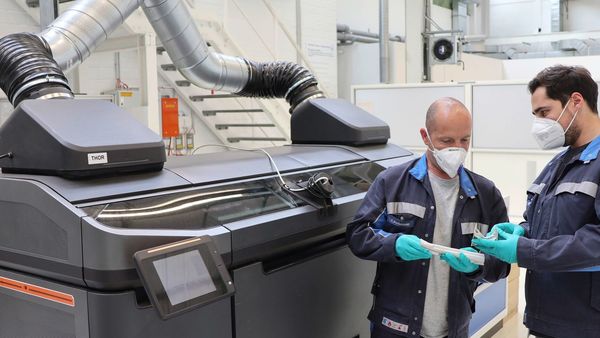

Volkswagen is all geared up to use the innovative 3D printers in car production. The automaker, for the first time, will use Binder Jetting – the newest process – to manufacture components at the main plant in Wolfsburg in Germany. This process is different from conventional 3D printers that use a laser to build a component layer by layer from metallic powder as it uses an adhesive. Following this, the metallic components will be heated and given shape.
The company says that currently, it is the only car company that is using Binder Jetting technology in its production process. It also added that this will not only help them to reduce cost but also increase productivity. The components made through this process weigh only half as much as those made from sheet steel. Volkswagen has also partnered with Siemens for upgraded software technology for faster construction of components and expanded its collaboration with HP Inc for this.
Also check these Vehicles
Also Read : Will cars allow owners to add 3D home-printed accessories? Ford may have answer
The automaker said that with the first full-scale use of Binder Jetting, they want to acquire important experience and learn how effectively, economically and quickly components can be manufactured with digital support. Member of the board of management of the Volkswagen brand responsible for production and logistics Christian Vollmer said that despite the pandemic, the innovation work is on at Volkswagen. “Together with our partners, we aim to make 3D printing even more efficient in the years ahead and suitable for production-line use," he said.
Also Read : American company makes 3D printed hypercar, may cost around ₹14 crore
The first components made with the Binder Jetting process have gone to Osnabrück for certification. The company has set an aim to produce up to 100,000 components with the help of 3D printing in Wolfsburg each year by 2025. Volkswagen has been using 3D printing for the last 25 years and till now more than one million components have been produced.







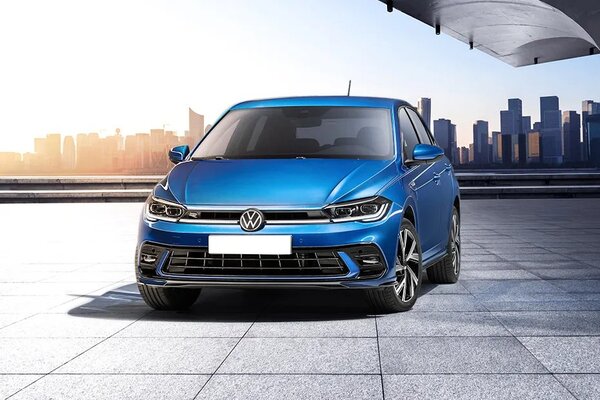
 999 cc
999 cc Petrol
Petrol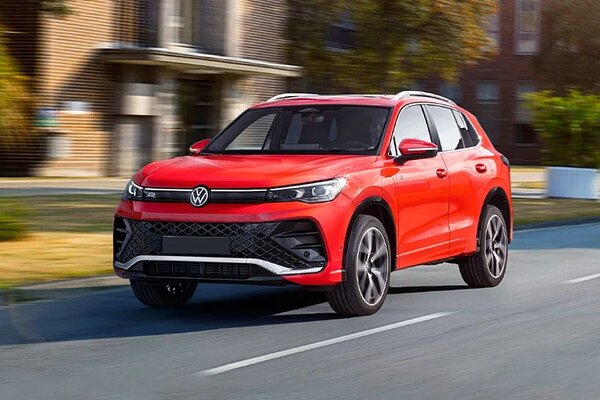
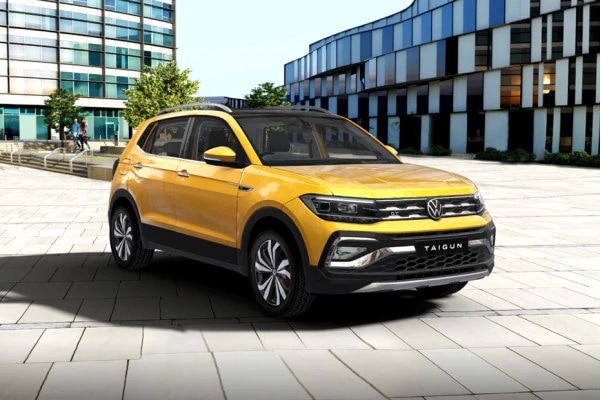
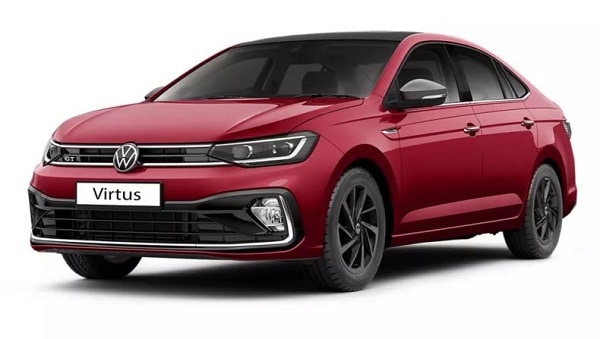
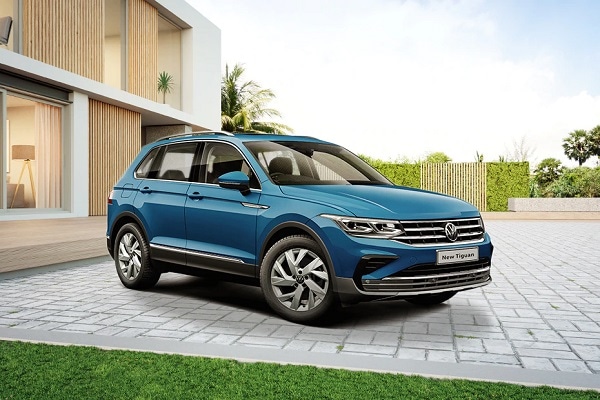
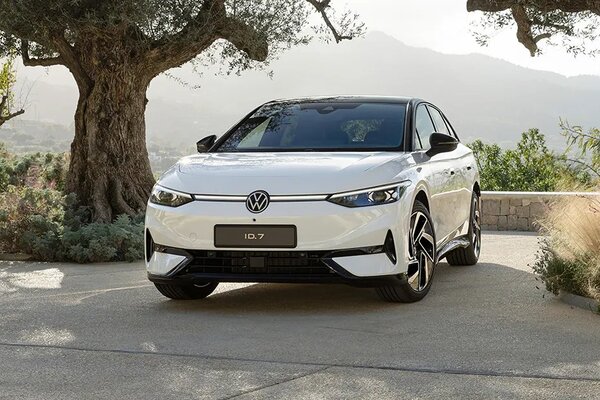
 77 kWh
77 kWh 621 Km
621 Km